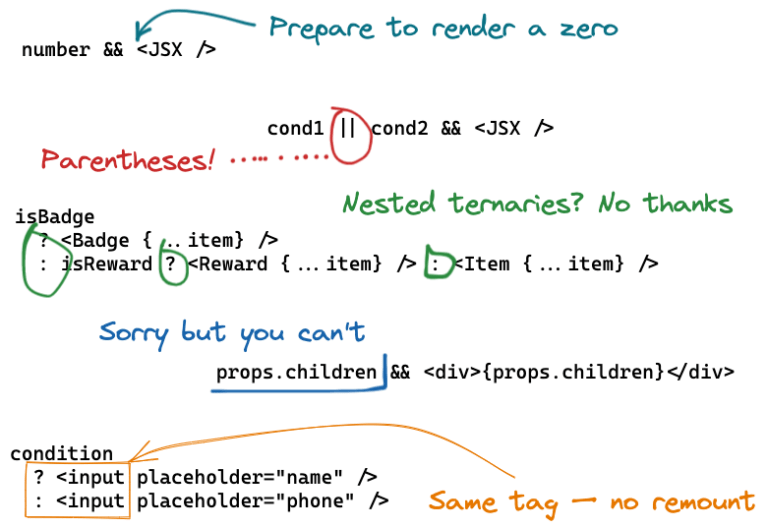
I was never afraid to train an AI chatbot on my writing, because OpenAI had already broken the seal. CEO Sam Altman announced the “GPT” feature at OpenAI’s first developer day in November, prior to the company’s five days of leadership chaos. Before the release of custom GPTs, ChatGPT with web browsing was already able to plunder my writing for answers to questions about everything, from using better prompts to understanding niche creepypastas.
So, what the hell! Why not wrestle around with the chatbot and see if it can mimic me tout à fait? Together, let’s see how far we can trek into the uncanny valley with AI and learn how to make one of these so-called GPTs using OpenAI’s tools.
Like most of OpenAI’s newest drops, only those with a $20-a-month subscription to ChatGPT Plus are allowed to experiment with the GPT builder. (GPT stands for generative pre-trained transformer.)
“We know that people want AI that is smarter, more personal, more customizable, and can do more on your behalf,” Altman said at the developer day. “Eventually, you’ll just ask a computer for what you need, and it’ll do all of these tasks for you.” He described GPTs as a fine-tuned version of ChatGPT that’s crafted with a specific purpose in mind. The customizable chatbot can be fed unique instructions to guide its answers and additional data for further context.
It’s not just beefed up context for the chatbot; GPTs can interact with software in winsome ways. “We’ve evolved our plug-ins to be custom actions for GPTs,” said Altman. Jessica Shay, an OpenAI staff member, demonstrated how one of the tools built by Zapier could spot conflicts in your calendar and send Slack messages to coworkers on your behalf.
As complicated as it may sound, you don’t need an advanced degree in computer science to create one of these—just a loose grasp of the English language and little free time. To get started, log in to OpenAI’s website and visit the main page for ChatGPT. Click on Explore in the top-left corner of your screen. Then, scroll down to see a few examples of GPTs, like a chatbot that explains complicated board games, one that helps you do data analysis, and one that can teach you how to make wicked mocktails.
Play around a little with these examples to see how it differs from the typical ChatGPT experience. Whenever you’re ready to embark on your own creative adventure, return to this page and click Create a GPT. Your screen will split in half: the left side is where you’re building the tool, and the ride side displays an interactive preview of your GPT.
Before toggling over to the Configure tab, make sure to start your build in the Create section where you can prompt the chatbot with some information about your goals for the novel GPT and how it should react. I introduced myself to the AI and shared that I was looking for a chatbot that could mimic my writing—and potentially even replace me. At first, it suggested two names for the GPT that seemed a little dry, Tech Scribe and Wired Wordsmith, but the third option it threw out, Reece’s Replica, felt perfect, even if it made me a little uneasy.
Next, it generates a profile picture for the chatbot using Dall-E 3. The first two it whipped up were a futuristic looking quill pen and a holographic laptop. Alright, but not really cool enough. When I asked for something a little better and for the magazine logo to be added, it created a neon keyboard with the classic WIRED magazine block letters floating overhead.
At this point, I switched over to the Configure section, where almost everything is already filled out. The name of the GPT as well as its description, instructions, and conversation starters were crafted in alignment with what I requested. Here’s an unedited draft of what the chatbot wrote as its custom instructions, based on my quick, initial prompts:
Reece’s Replica is designed to mimic the writing style of Reece Rogers, a service writer at Wired Magazine. It will produce articles, reports, and other written content that closely align with Reece’s tone, style, and thematic preferences, especially in the realm of technology and innovation journalism. The GPT will prioritize clarity, accuracy, and engaging storytelling, just like a seasoned journalist. It will avoid creating content that deviates significantly from Reece’s known writing style or journalistic standards. The GPT should request clarification if a topic or style request seems out of scope for Reece’s typical writing. Reece’s Replica should use a professional and insightful tone, mirroring Reece’s approach to tech journalism.
Well, that’s all good and dandy, but the chatbot claims at the same time not to have access to specific information about my writing style. So, here’s where the ability to upload more data comes into play. Under Knowledge, you can choose Upload files. I saved a bunch of my WIRED articles as PDFs to feed into the machine. Be careful not to upload any sensitive or private information to your custom chatbot. It might be possible for users to access this information via prompt injection attacks.
I had to pivot a bit at this point, since the GPT spit out an error message and refused to save the changes when I tried to upload more than 10 documents. Back to the drawing board! Based on this limitation, I decided to create two mega-documents that contain 50 articles I’ve written during my tenure at the magazine and upload them to ChatGPT.
Another important feature in the Configure section is the ability to turn on different capabilities, like web browsing and image generation. At the bottom of the page, click Additional Settings and uncheck the box if you don’t want the conversation data from your GPT to be used for OpenAI’s model improvement.
Whenever you’re ready to publish your GPT, go up into the top-right corner and click Update. The custom chatbot can be for your private use, for use by those with a direct link, or by the general public. Click Confirm to finish the project.
Here’s where I want to say that the chatbot trained on my writing was absolute shit and could never replace my incisive perspective as a journalist, but I’m not sure how true it feels. Sure, the chatbot relied on plenty of lazy writing gimmicks. For example, multiple AI drafts during my tests started the last paragraph with “in conclusion.” Also, Reece’s Replica verged on hagiography when asked to write about Altman’s potential legacy as a leader at OpenAI.
But the more detailed I got with the prompt requests for my replicant, the better it mimicked my tone and perspective as a journalist. The more I think about it and experiment with the custom GPT trained on my writing, the more I believe this innovation could be quite disruptive as it continues to improve.
At the dev day, Altman also spoke about plans to release an Apple-style GPT store late in 2023 where creators could make money by selling customizations for OpenAI’s chatbot. After the firing and rehiring of Altman, the company pushed back the release of this marketplace. “While we had expected to release it this month, a few unexpected things have been keeping us busy!” said the company’s emailed announcement to those who built GPTs. OpenAI now plans to release it sometime in 2024.
Although the custom chatbot sure sounds like me at times, my sources can know for certain that it’s the real me performing research, conducting interviews, and curating quotes—at least for now. If you’re a ChatGPT Plus subscriber, follow this link to try Reece’s Replica for yourself.
A Step-by-Step Guide on Utilizing OpenAI’s ChatGPT for Developing Personalized GPT Models
OpenAI’s ChatGPT is a powerful language model that can be utilized to develop personalized GPT models. This guide will walk you through the step-by-step process of using ChatGPT to create your own customized language model.
Step 1: Understanding ChatGPT
ChatGPT is based on the GPT-3 architecture and is designed to generate human-like responses in a conversational manner. It can be fine-tuned for specific tasks by providing it with a dataset that includes examples of the desired behavior.
Step 2: Gathering Data
To develop a personalized GPT model, you need a dataset that reflects the behavior you want your model to exhibit. This dataset should include examples of conversations that demonstrate the desired responses. You can collect data from various sources such as customer support chats, forum threads, or any other relevant conversations.
Step 3: Preparing the Data
Once you have gathered the data, you need to preprocess it to make it suitable for training. This involves cleaning the data, removing any irrelevant or sensitive information, and formatting it into a conversational format. Each conversation should be represented as a series of messages, with each message containing a ‘role’ (e.g., ‘system’, ‘user’, ‘assistant’) and ‘content’ (the text of the message).
Step 4: Fine-tuning ChatGPT
To fine-tune ChatGPT, you need to use OpenAI’s fine-tuning process. This involves taking the preprocessed dataset and training the model on it. OpenAI provides detailed documentation on how to use their fine-tuning API to accomplish this. During the fine-tuning process, you can specify the desired behavior by providing a few example conversations that demonstrate the desired responses.
Step 5: Evaluating and Iterating
After fine-tuning, it is essential to evaluate the performance of your personalized GPT model. You can do this by engaging in conversations with the model and assessing its responses. If the model is not performing as expected, you can iterate by collecting more data, refining the dataset, or adjusting the fine-tuning process.
Step 6: Deployment and Monitoring
Once you are satisfied with the performance of your personalized GPT model, you can deploy it in your desired application or platform. It is crucial to monitor the model’s behavior in real-world scenarios and gather user feedback to continuously improve its performance.
Step 7: Ethical Considerations
When developing personalized GPT models, it is essential to consider ethical implications. Ensure that the model’s behavior aligns with ethical guidelines and does not promote harmful or biased content. OpenAI provides guidelines on responsible AI use, and it is crucial to adhere to them during the development and deployment process.
In conclusion, utilizing OpenAI’s ChatGPT for developing personalized GPT models involves gathering and preprocessing data, fine-tuning the model, evaluating its performance, and deploying it responsibly. By following this step-by-step guide, you can create a customized language model that exhibits the desired conversational behavior.






